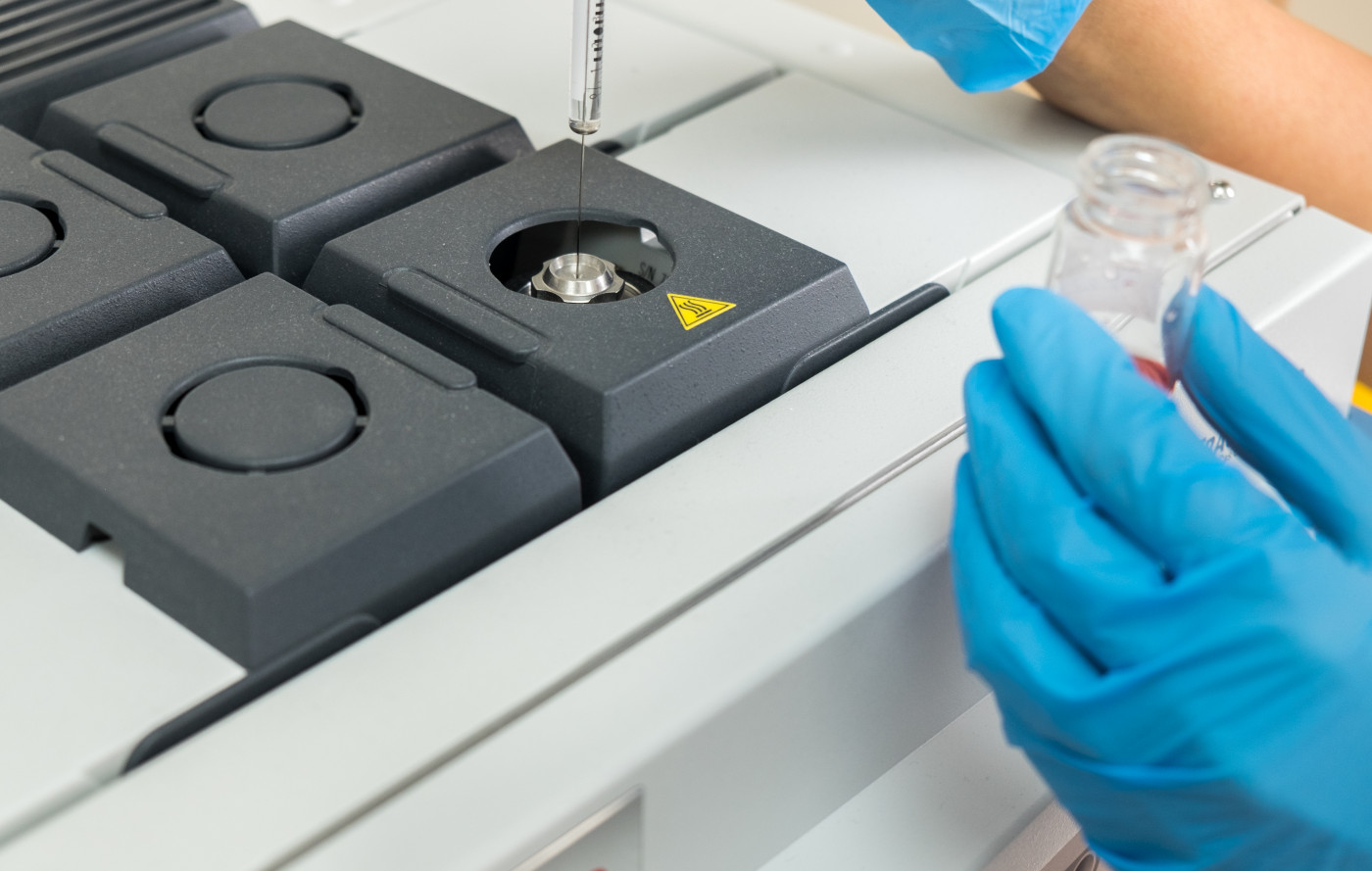Genetic and Enzymatic Tests Given in Spain Support Fabry Being More Prevalent Than Thought

Genetic and enzymatic screening of people in Spain revealed that the real prevalence of Fabry disease is likely underestimated, and that late diagnosis is detrimental to patients because of delayed treatment.
The study, “Fabry disease in the Spanish population: observational study with detection of 77 patients”, published in the Orphanet Journal of Rare Diseases, highlights the need to reduce the potentially large number of people with Fabry disease who remain undiagnosed.
A fair number of people with Fabry disease, a rare organ-damaging genetic disease caused by mutations in the alpha-galactosidase A gene (GLA), are believed to remain unidentified or misdiagnosed.
With an initially estimated incidence of 1 in every 117,000 people, pilot studies into disease screenings in newborns suggest that Fabry’s real incidence is likely much higher: between 1 in every 3,000 and 1 in every 7,000 people.
Because symptoms are not very specific, diagnosis often comes in adulthood, even when disease signs begin years or decades earlier.
Fabry disease is usually diagnosed using blood or urine tests to detect either the activity of the GLA enzyme or lyso-Gb3, a fat molecule that accumulates as a result of GLA defects. Examination of Gb3 deposits in the skin has also proved useful to reach a diagnosis in certain cases.
A genetic test that screens for disease-causing mutations at the GLA gene is nonetheless considered a more definitive test. However, some people present complex genetic variants, some of which associated with a late-onset form of the disease, which further complicates disease management.
This can also partly explain why no Fabry disease test is included in U.S. newborn screening programs.
Researchers performed a genetic screening in the Spanish population to provide a definitive diagnosis to people suspected of having Fabry disease.
The team collected dried blood spot samples from patients at 109 Spanish hospitals between 2009 and 2014. In total, 805 samples (479 men and 326 women) from people with symptoms of Fabry disease or a family history of the condition were tested for GLA enzymatic activity and GLA mutations.
The screening helped to diagnose 77 patients, 37 men and 40 women, who carried mutations related to classical Fabry disease.
Among the identified mutations, five had not been previously described and two people identified with clinical features compatible with those of the classical form of the disease were thought to have a possible new GLA variant.
A total of 51 cases (6 men and 45 women) presented genetic variants in the GLA gene of uncertain significance.
Of these, eight carried variants possibly linked to late-onset Fabry disease, four had another variation of unclear value, and 36 individuals carried small mutations in regions of the GLA gene that were possibly less damaging.
Among this last group, three people with more complex genetic combinations were further investigated to clarify their diagnosis. All had lower expression of the GLA gene in their white blood cells and presented Gb3 deposits in skin biopsies. Still, diagnosis in these patients would require Gb3 or Lyso-Gb3 measurements in urine or plasma to be further confirmed.
Compared to genetic testing, the enzymatic assay had a predictive value of 80.43% (in men) and a rate of false positives — the number of Fabry-negative patients wrongly detected as positive — of only 1.88%.
“Late diagnosis is detrimental in FD (Fabry disease), since it prevents patients from being treated promptly with the available specific therapies,” the researchers wrote.
“These results confirm that FD is still under-diagnosed in the population and that the real prevalence of the disease is more likely reflected by the values estimated in recently performed newborn screening studies,” they concluded.






